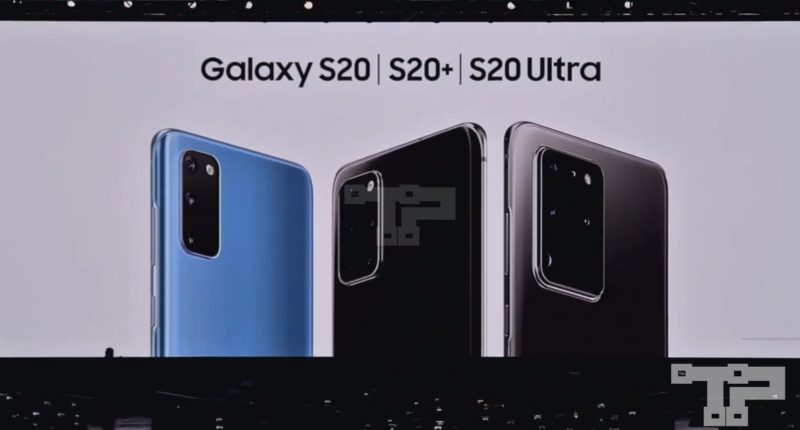As expected, Samsung took the wraps of its latest series of flagships. The devices are all from the S series line-up and are named S20. Why the jump from 10 to 20? Well, Samsung wanted to signify the news decade, that starts with the year 2020, and hence the change in nomenclature order.
Let us talk about the devices now.
The S20 will come in three variants, the Galaxy S20, Galaxy S20+ and Galaxy S20 Ultra, with a select group of features increasing in that very order. All three devices are 5G enabled. The Galaxy S20+ and Galaxy S20 Ultra are the first devices able to power new mobile experiences that take advantage of both sub-6 and mm Wave. The Galaxy S20 supports sub-6. All three devices are capable of delivering non-standalone and standalone 5G capabilities.
In terms of display, all devices feature a 120Hz Quad HD+ Dynamic AMOLED 2XInfinity-O Display. Its the size that changes. The Galaxy S20 has a 6.2 inch screen with the S20+ and S20 Ultra featuring 6.7 and 6.9 inch displays respectively. Under the hood, all three phones feature LPDDR5 RAMs. The S20 Ultra gets a 16 GB RAM option while the other two get a maximum capacity of upto 12 GB.
One of the biggest changes in Galaxy S20 from its predecessors is the entire camera architecture. The Galaxy S20 series introduces a brand-new camera architecture that combines AI with Samsung’s largest image sensor yet for stunning image quality. With a larger image sensor available on the Galaxy S20 series, camera resolution is significantly increased, for more detailed images with added flexibility for editing, cropping, and zooming.
S20 and S20+ have a 64MP camera. S20 Ultra has 108MP camera. Another benefit is that the larger sensors take in more light, so you get rich image quality even in low light situations. Of course practical life scenarios can only be tested once we get the phone in flesh. The S20 Ultra takes things a step further with the option to shift dynamically between a high resolution 108MP mode and a 12MP mode, thanks to nona-binning technology which combines nine pixels into one at the sensor level.
An interesting new capability that the Galaxy S20 camera possesses, is ‘Single Take’. What it basically does, is capture different versions of the moment you are trying to capture. Once selected, it will capture it in video, boomerang, photographs and what not. Another standout feature is 8K video capturing, making Samsung among the first to offer 8K capturing on a mobile phone. You can then stream this seamlessly to Samsung TVs or take 8K screenshots using the S20.
The Galaxy S20 series comes with a 25W fast charger, while the S20 Ultra supports 45W Super Fast charging as well. The entire series is equipped with following storage as standard (128GB for S20; 128GB, 256GB and 512GB for Galaxy S20+ and S20 Ultra).
All the devices in the line-up feature Samsung’s Infinity O display, which is a near bezel-less, full-frontal screen. The phones will be available Starting March 6, 2020, in following colors:
- Galaxy S20: Cosmic Grey, Cloud Blue, Cloud Pink
- Galaxy S20+: Cosmic Grey, Cloud Blue, Cosmic Black
- Galaxy S20 Ultra: Cosmic Grey, Cosmic Black
In terms of pricing, the Galaxy S20, Galaxy S20+ and Galaxy S20 Ultra start at $999, $1,199 and $1,399, respectively. Clearly, Samsung feels that consumers are still willing to pay top dollars for premium flagships. Based on the specs that we see, the phones do deserve that price.






